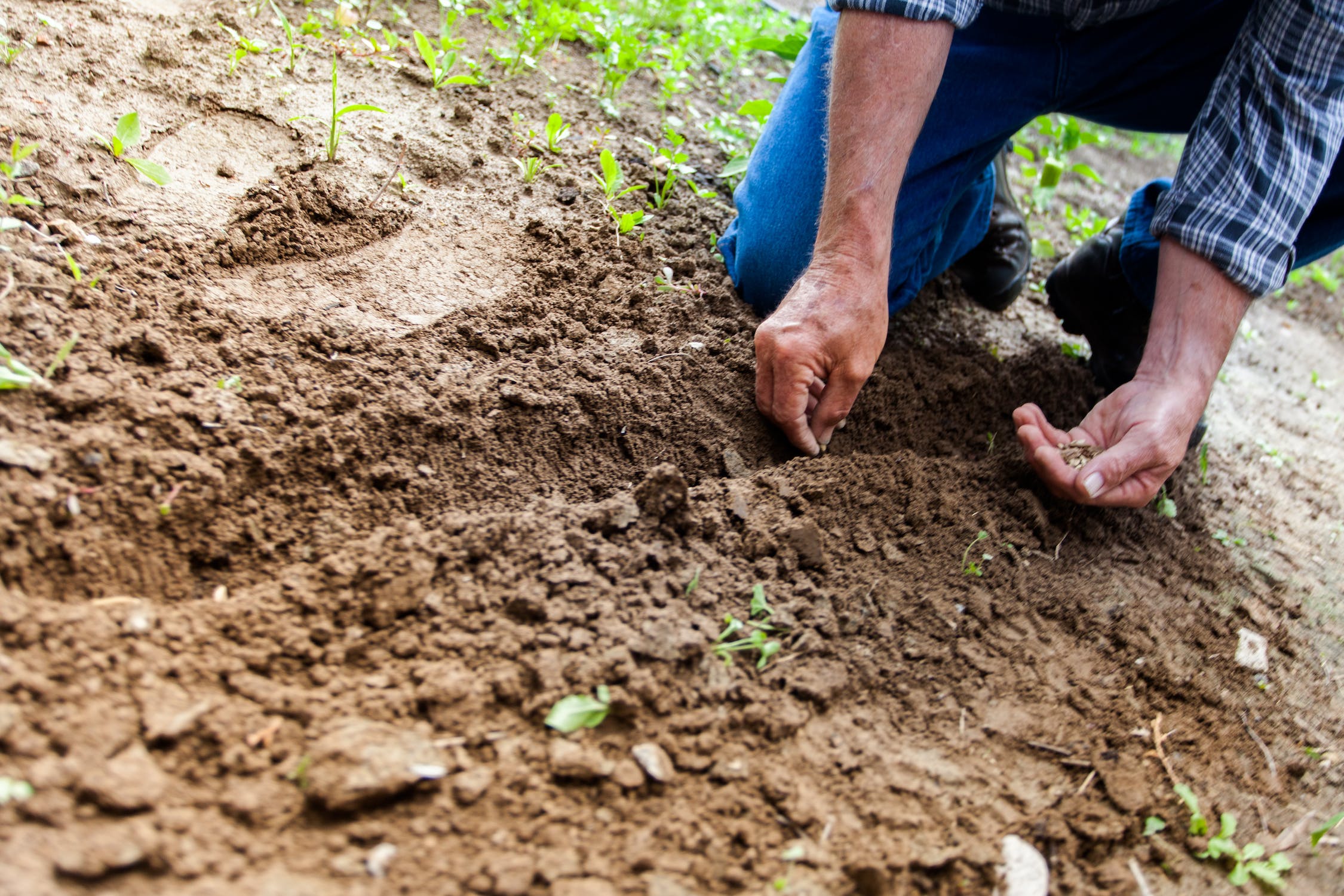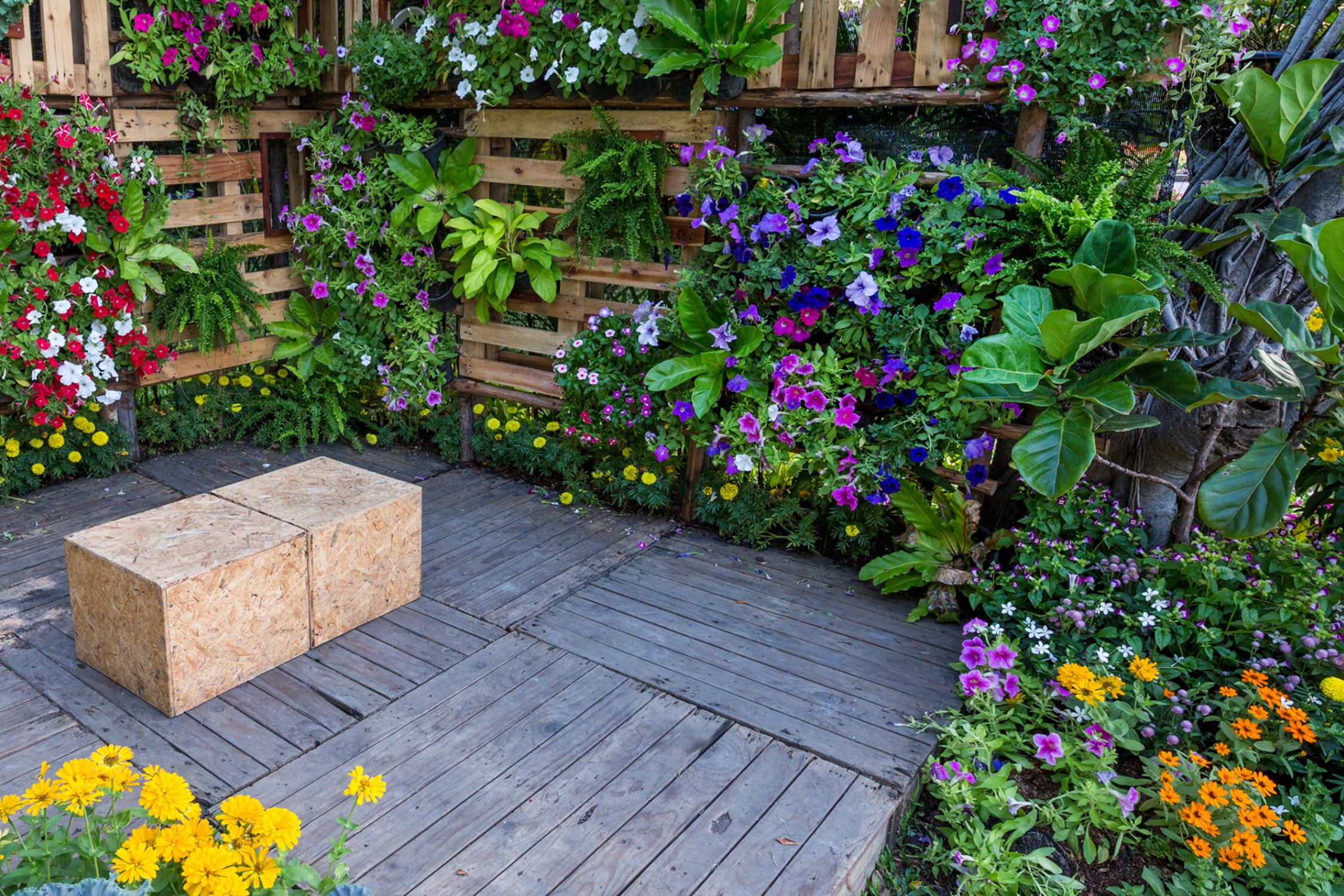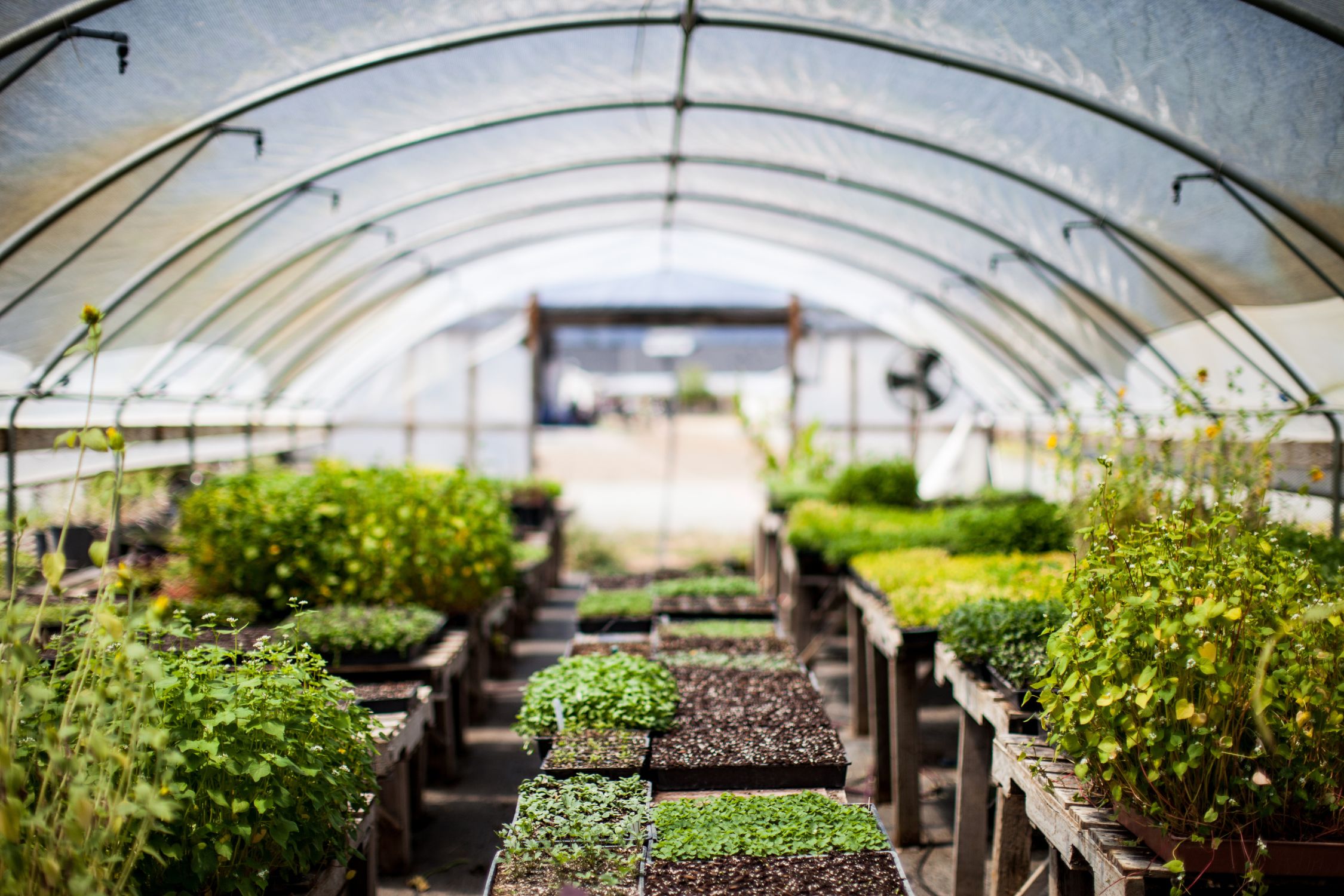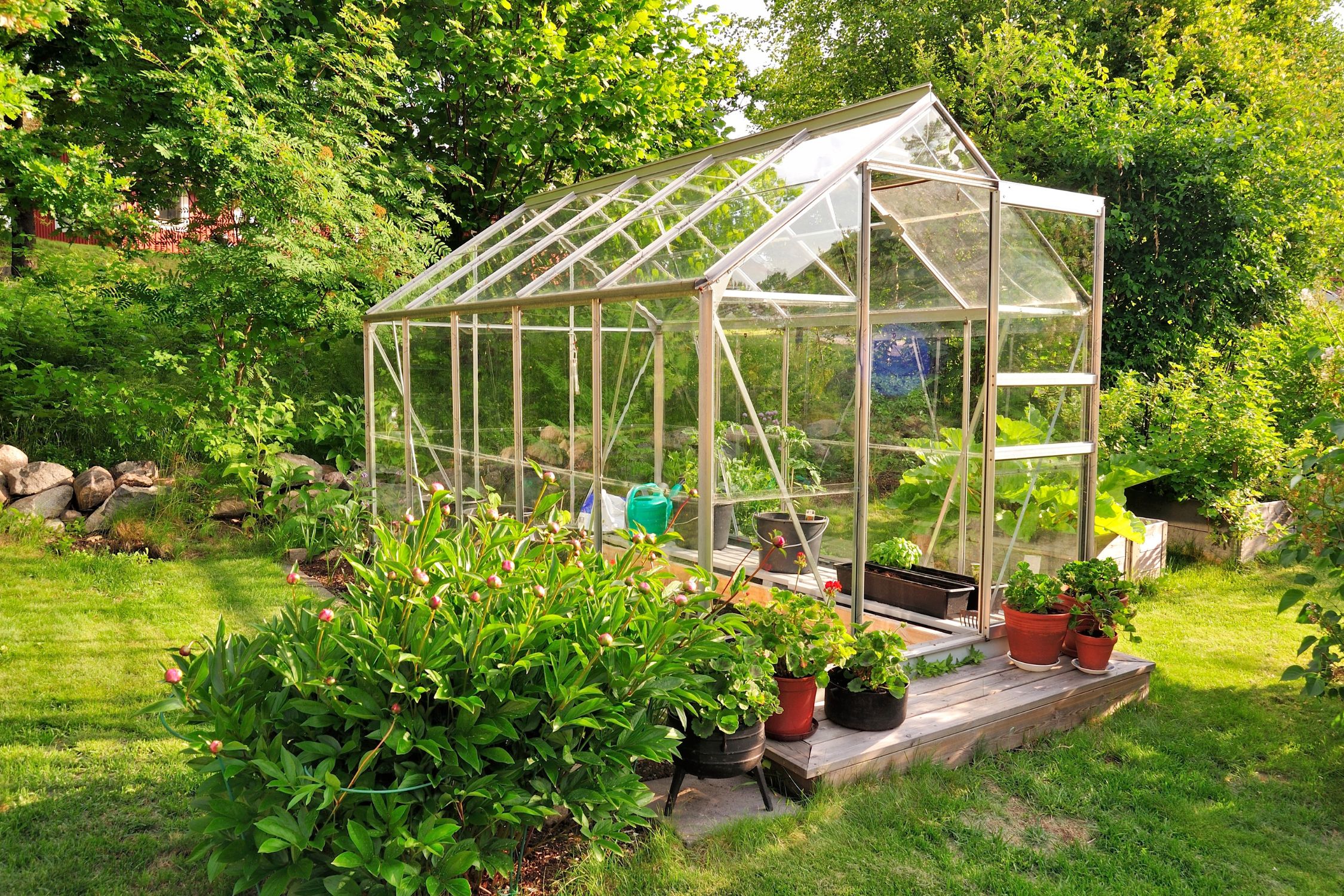How to till soil by hand

If you really don’t want to till, or maybe you just can’t, build on top of it! If your soil is so poor that you cannot grow straight into it, grow on top of it in a raised garden bed.

If you really don’t want to till, or maybe you just can’t, build on top of it! If your soil is so poor that you cannot grow straight into it, grow on top of it in a raised garden bed.

Having a garden available to get produce is great, but coming up with ideas can be difficult for even seasoned growers. These are some common choices.

Turn a small outdoor area into a tranquil retreat with these three ideas to beautify a small garden space. These tips work for any home garden.

Getting your first greenhouse is both exciting and a big responsibility. Here is some helpful advice for your first greenhouse that will set you up for success.

Spring is the perfect season to get out in the greenhouse and start growing some new crops. Learn some of the best interior crops to grow here.